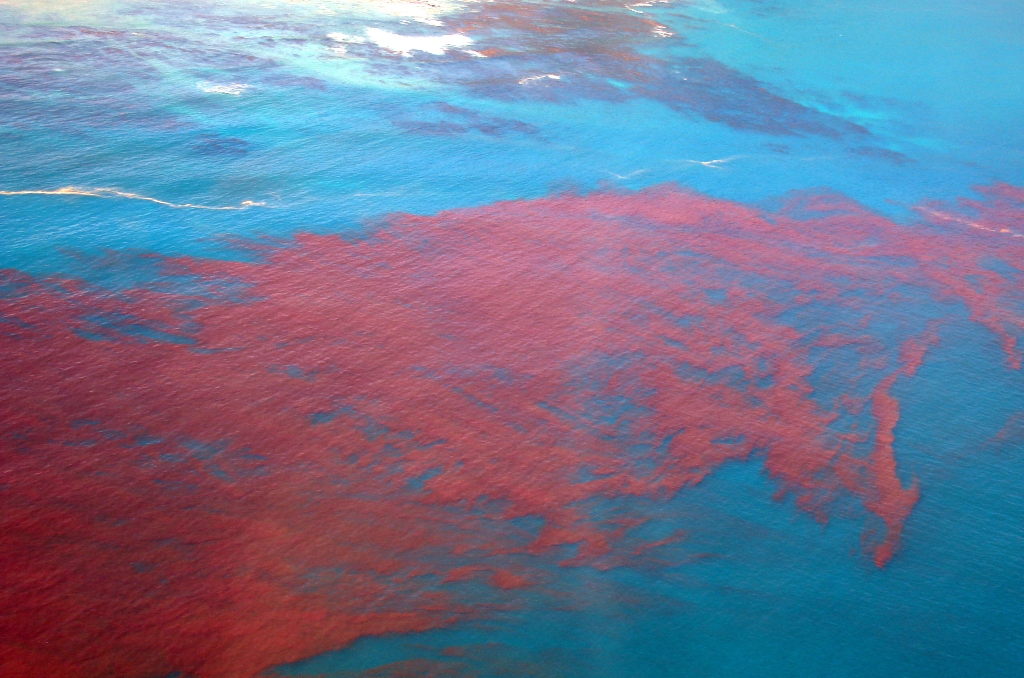Red Tide — Courtesy: Shutterstock — Alfred Rowan
According to a new study, human activity and red tide have now been linked. Researchers linked blooms in Charlotte Harbor and its surrounding coastal areas to nitrogen flowing from Lake Okeechobee, the Caloosahatchee River, and areas upstream of the lake.
Outbreaks of red tide are caused by the algae Karenia brevis and have impacted Florida for several years.
The new report ends the long-lived idea that people do not contribute to red tide. University of Florida researchers have confirmed that we absolutely do contribute, as they have found a cause and effect relationship between runoff into the Caloosahatchee, Lake Okeechobee, and red tide.
Dead fish, brackish water, and a foul-smelling beach are the tell-tale signs of red tide in Southwest Florida.
“They’re getting worse because of warmer temperatures but they’re also getting worse because of nitrogen runoff from human activity,” said Eric Milbrandt, director of the marine lab for the Sanibel Captiva Conservation Foundation (SCCF).
A new study from the University of Florida says septic tank runoff and nitrogen levels from fertilizer make the disease worse.
“It’s not saying that we start the red tides, but it’s that we can make them worse and that this happens consistently over time. There’s been, I think, an understanding that human activity can play a role. But because the system’s complex, and it’s hard to tease that apart, it hasn’t really been understood as a fact,” said Miles Medina, lead author on the red tide study for the Center for Coastal Solutions at UF.
Medina collaborated with researchers from the SCCF and others to study blooms in Charlotte Harbor. Together, they can now link red tide to discharges into the Caloosahatchee from Lake Okeechobee.
Calusa Waterkeeper John Cassani said he is hopeful that lawmakers will make use of this study in taking measures to stop nitrogen runoff.
“I think this information gives us a strong link and perhaps motivation to increase nutrient pollution restoration. So the restoration projects need to accelerate to reduce land-based nitrogen that causes these red tide blooms to be more extreme,” said Cassani.
If you are interested in reducing your impact on red tides in Southwest Florida, you can use plants in your home garden that do not need fertilizer. If you have a septic tank, switching to a sewer system can help.
Stories that matter are our priority. At Florida Insider, we make sure that the information we provide our readers is accurate, easy-to-read, and informative. Whether you are interested in business, education, government, history, sports, real estate, nature or travel: we have something for everyone. Follow along for the best stories in the Sunshine State.
Melissa’s career in writing started more than 20 years ago. Today, she lives in South Florida with her husband and two boys.

